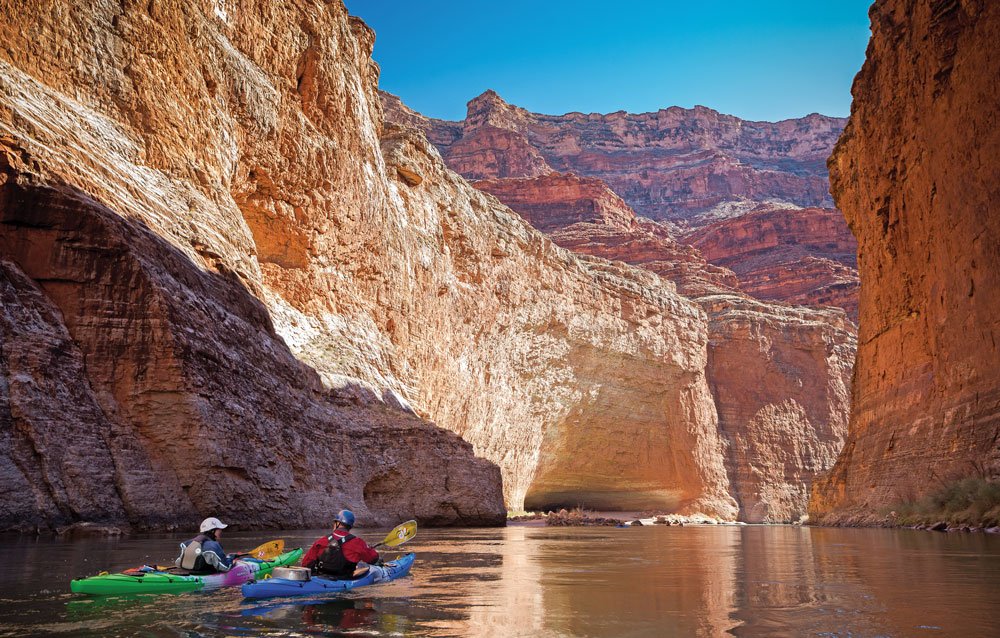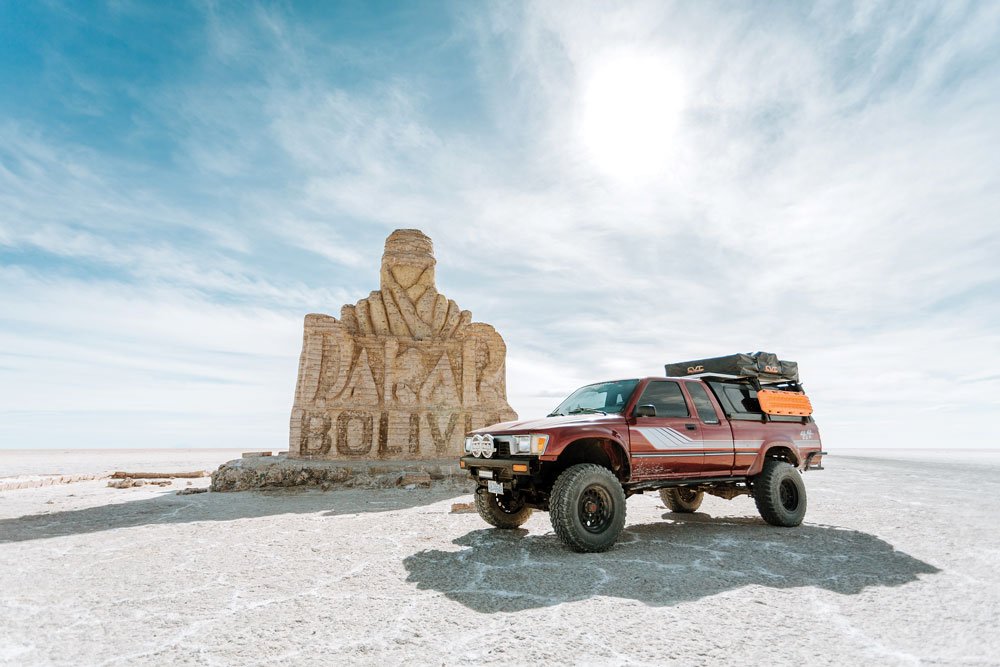Recovery Gear Essentials
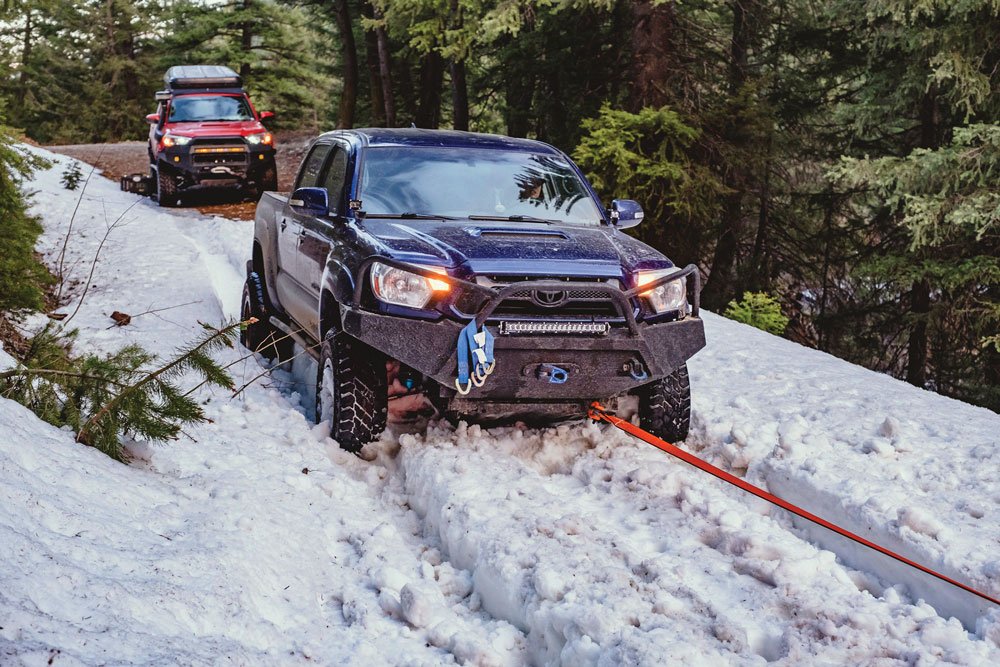
Where We’re Going, You’re Gonna Need Ropes!
If safety is not a concern, knowledge about what you’re buying is immaterial, and you just want really cool-looking gear at cheap prices, stop reading and proceed to the nearest five and dime. However, if you’re someone who cares about what you buy, how and where it’s made, how best to use your gear, and about the safety of you and your fellow wheelers on the trail, continue reading.
Let’s be honest; you’ve probably invested a lot of time and money to outfit your rig for nature’s great adventures. Don’t you want the best recovery gear to protect you and your baby? Don’t be tempted by the sponsored ads on Instagram unless you know what you’re buying. As the saying goes, good ain’t cheap and cheap ain’t good!
So, what should you buy? It starts with knowing what your needs are, the industry terminology and standards (or lack thereof), and how to properly care for your gear. After all, if you’re going to buy a quality product and put it to the test, you need to give it some TLC.
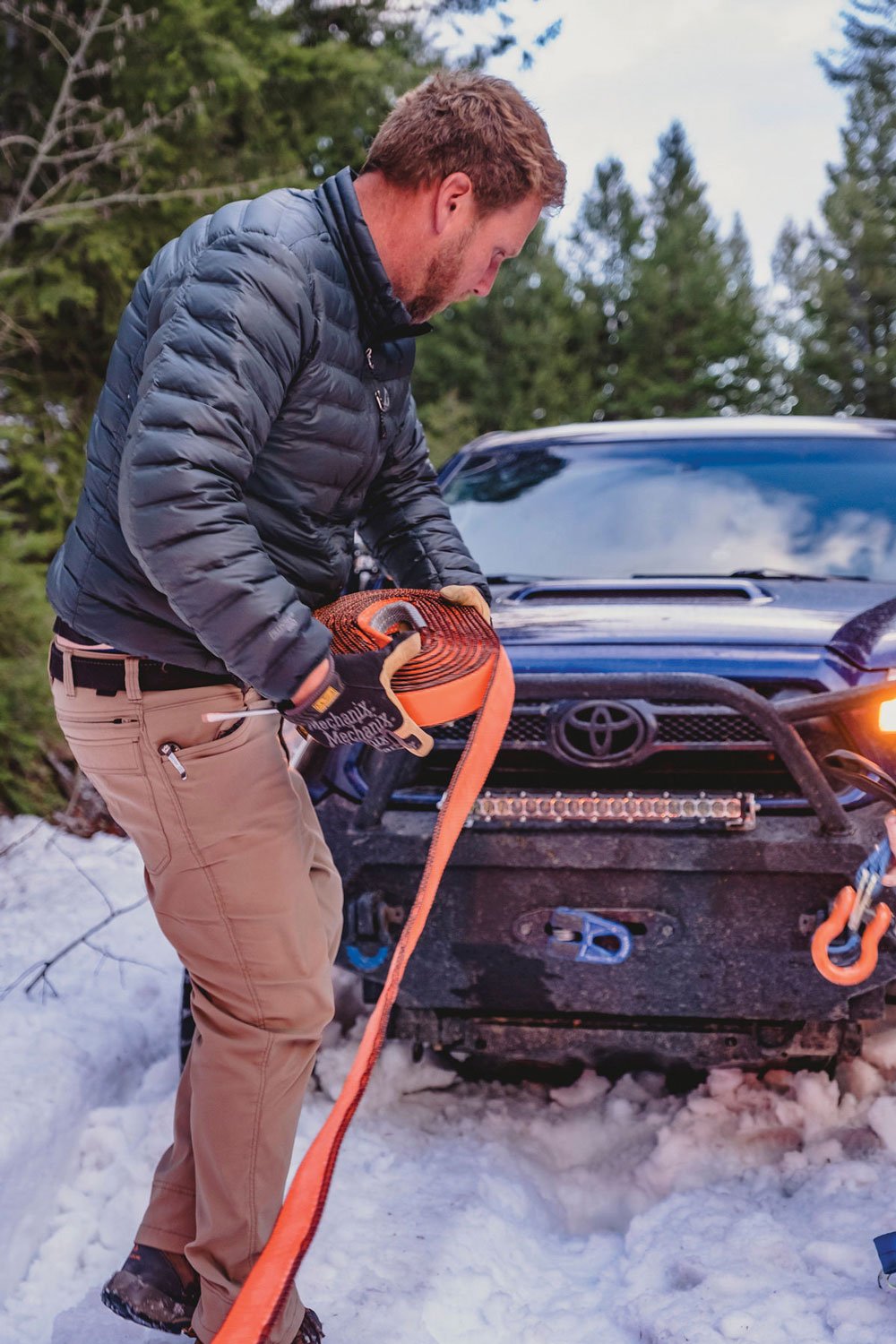
Understanding Your Recovery Gear Needs
We can’t stress enough how important it is to understand not only the gear you already have, but also the gear you might still need for your specific recovery situations. The last thing you want is to put your rig (and potentially your life) into someone else’s hands who isn’t knowledgeable with proper recovery gear. It also goes without saying, they care less about your rig than you do. So be prepared to get yourself out of any jam and know what you have and what you need for your specific situation.
Recovery straps and ropes are generally made from nylon, which allows them to stretch a bit, and are not typically used for towing situations. If your rig is flat-out stuck and the situation calls for vehicle-to-vehicle pulling, you’ll want to pull out your recovery rope or strap. These types of recoveries are referred to as dynamic/kinetic recoveries.

When building a recovery kit, it is important to know what type of trail conditions are common in the areas you explore.
Winch line, winch extensions, and tow straps are generally made from polyester or some version of HMPE (Dyneema, Plasma, and so on). They don’t have nearly as much stretch as recovery straps/ropes and are best used for towing a non-stuck vehicle, winching a stuck vehicle, and serving as a winch extension. Since this type of strap has very little stretch, the last thing you want to do is use one to jerk or yank on a stuck vehicle. This is referred to as “shock loading” and the effects can be dangerous.
Did you think that recovery straps are one-size-fits-all? Don’t be duped when you see a strap marketed as an all-in-one for any recovery situation. It’s just not possible and, quite frankly, not safe.
While we recommend always carrying the right variety of ropes/straps for your vehicle setup, they’re only as good as knowing when and how to use them properly. Every adventure rig should carry at least one recovery rope or strap, however, these will be of little use to you in a solo situation. While it’s always good practice not to hit the trails alone, we’ve all done it and have probably had our fair share of “white knuckle” situations. As Adam Wood, CEO of Step 22 Gear, will be the first to say, “While we do offer a line of ropes and straps, if you have a habit of doing solo trips I would rather see your priority be a winch or a set of MaxTrax.”
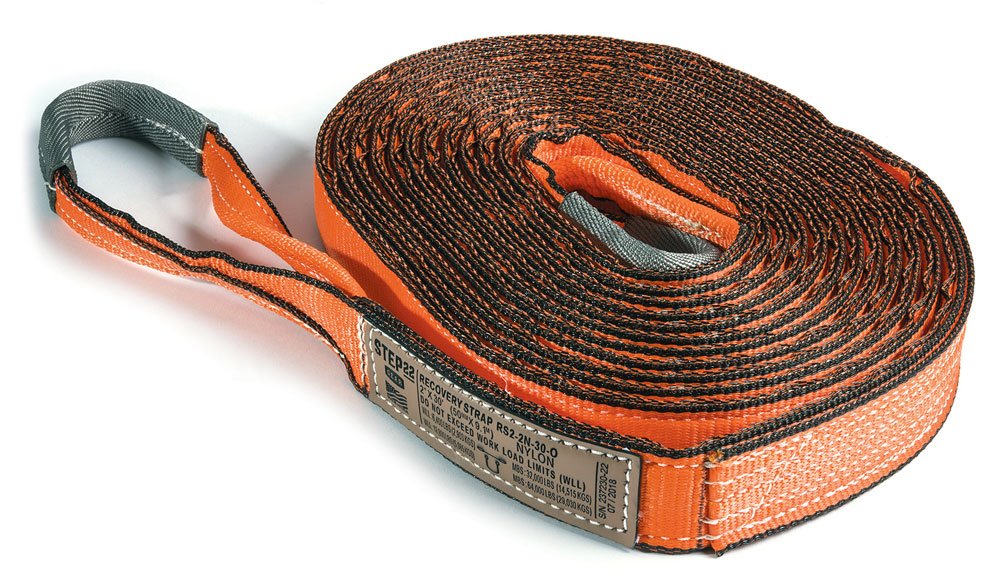
Industry Standards and Terminology
Now that you know the basics, let’s talk about “industry standards.” Would it surprise you to know that they don’t exist in the off-road world? Wood, who is trying to standardize recovery terms and ratings to help keep people safe, explains, “Industrial rigging and crane industries are littered with safety rules and regulations—and for good reason. But take the same concepts, apply them horizontally on a dirt road, and for some reason the same rules don’t apply. In fact, for recovery gear manufacturers, there are no rules at all.” If that doesn’t scare you, chances are you’re driving a convertible pickup truck with no doors, seatbelts, or rollcage.
A simple web search for recovery gear will yield the same results; overlapping terminology, misused phrases, and, in lots of cases, made-up words. Needless to say, it can be a daunting exercise trying to find the right recovery gear to buy. We recommend looking at the product’s label and asking as many questions as possible of the manufacturer. We found that lots of manufacturer labels are misleading—or worse, missing critical information.
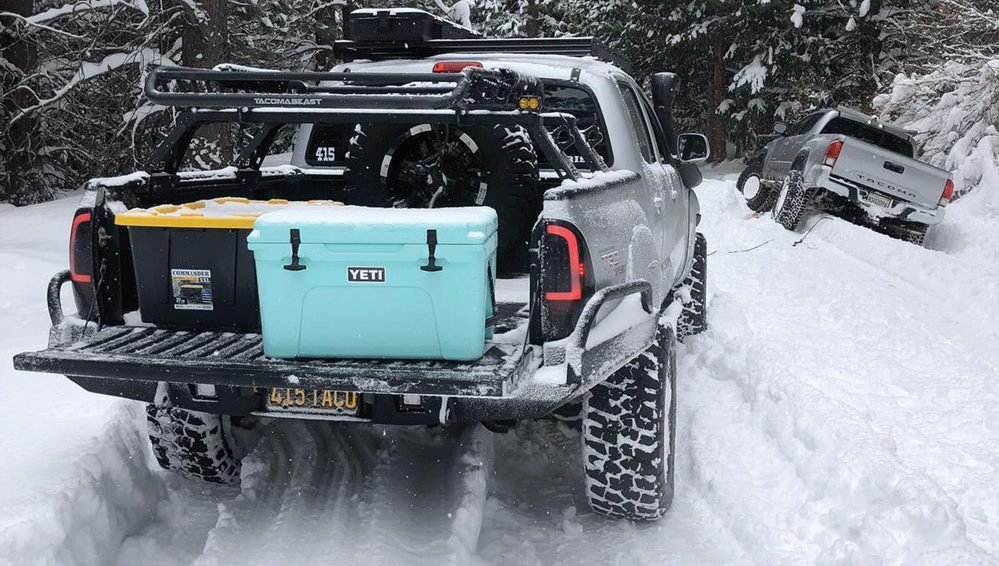
Camp toys and good food and drinks are great, but don’t overlook the importance of a quality recovery kit.
There are two terms consumers should be looking for on their recovery gear label: Minimum Break Strength (MBS) and Work Load Limit (WLL). If you only see one or the other you’re going to have to pull out a calculator. If you don’t see either term on the label, run for the hills. Any good recovery gear manufacturer will clearly indicate the limitations and ratings of the recovery product, and in most cases, converted to both pounds and kilograms. You should also find listed on the tag the type of material, size and length, and country of origin.
Simply put, MBS is the maximum force a rope or strap can endure before breaking and is determined by defined tests. Dividing the MBS by a given number, most commonly 3, 4, or 5, will give you WLL. This ratio results in what is referred to as the design factor for that piece of gear, written as 3:1, 4:1, 5:1, and so on. There is no standard design factor used to determine WLL, as described by Step 22, “WLL is a calculation determined by the manufacturer, adopted rigging industry standards, or the end user” and that it “might also be listed as rated load, rated capacity, or in some cases just rated.” Do you see now how two different pieces of gear with the same MBS can have different WLL? Think of design factor as safety factor; a piece of gear with a higher design factor has more safety built into its ratings. Understanding and staying within the WLL of your recovery gear will help ensure it can be used many of times over.
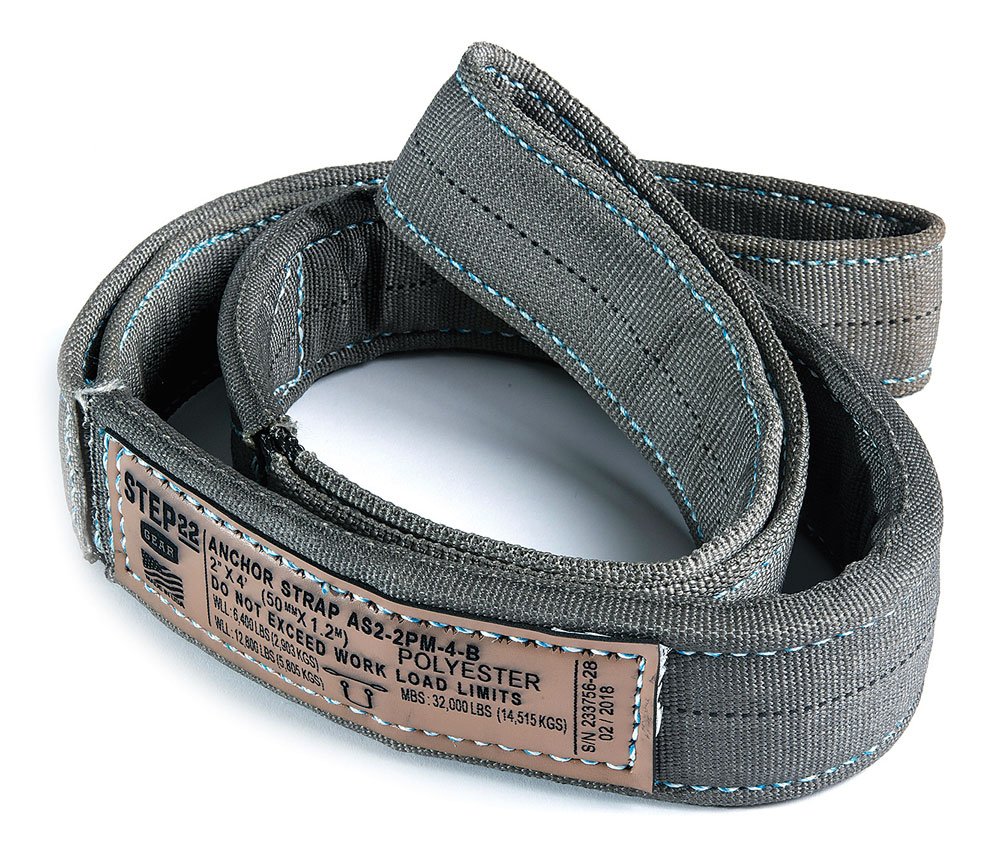
It’s also important to note the dimensions of the recovery gear. For example, a 2-ply 3-inch by 20-foot strap simply means that it’s made with two layers of 3-inch-wide webbing and is 20 feet in length. While the U.S. is still on the Imperial system, most of the modern world follows Metric. So, you might find the strap is labeled as such or, in many cases, the label outlines both.
Earlier in the article we made mention of the phrase “shock loading,” which is a sudden change in tension from a low load to a high load that is forced on your vehicle and recovery equipment. Heavy jerking on any recovery rope or strap can break down the material and compromise its future use and is especially dangerous with a non-kinetic rope or strap. You may have seen pictures or videos of broken recovery gear on the Internet with scathing reviews, but it makes you wonder if the failure was actually caused by misuse or abuse, such as extreme “shock loading.” Knowing the terminology, the ratings outlined on the label, and the proper applications for your gear are critical.
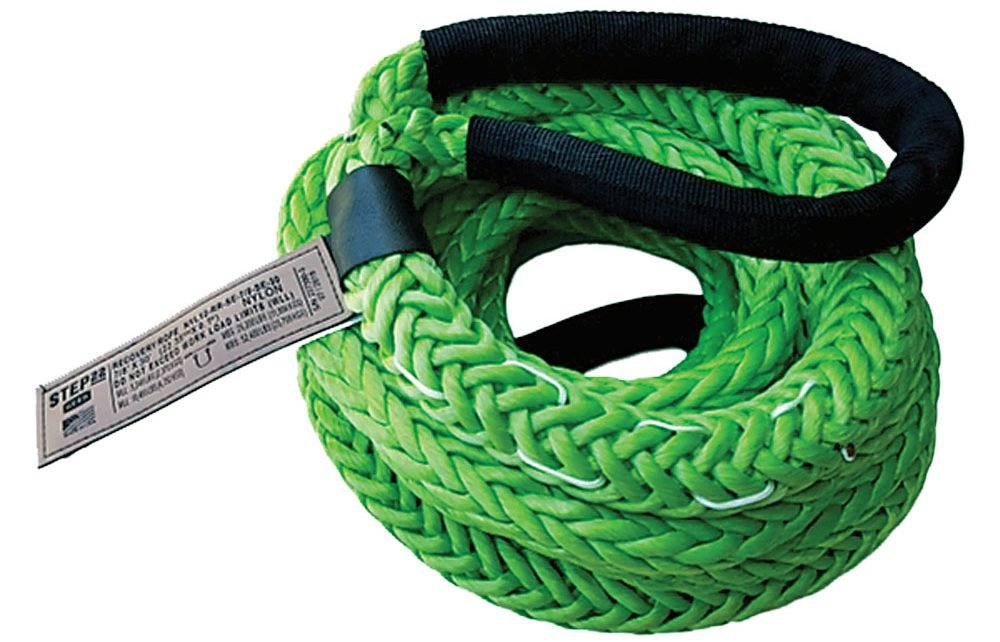
Not all nylon looks alike. This 12-strand nylon rope is a great alternative to the common flat web strap.
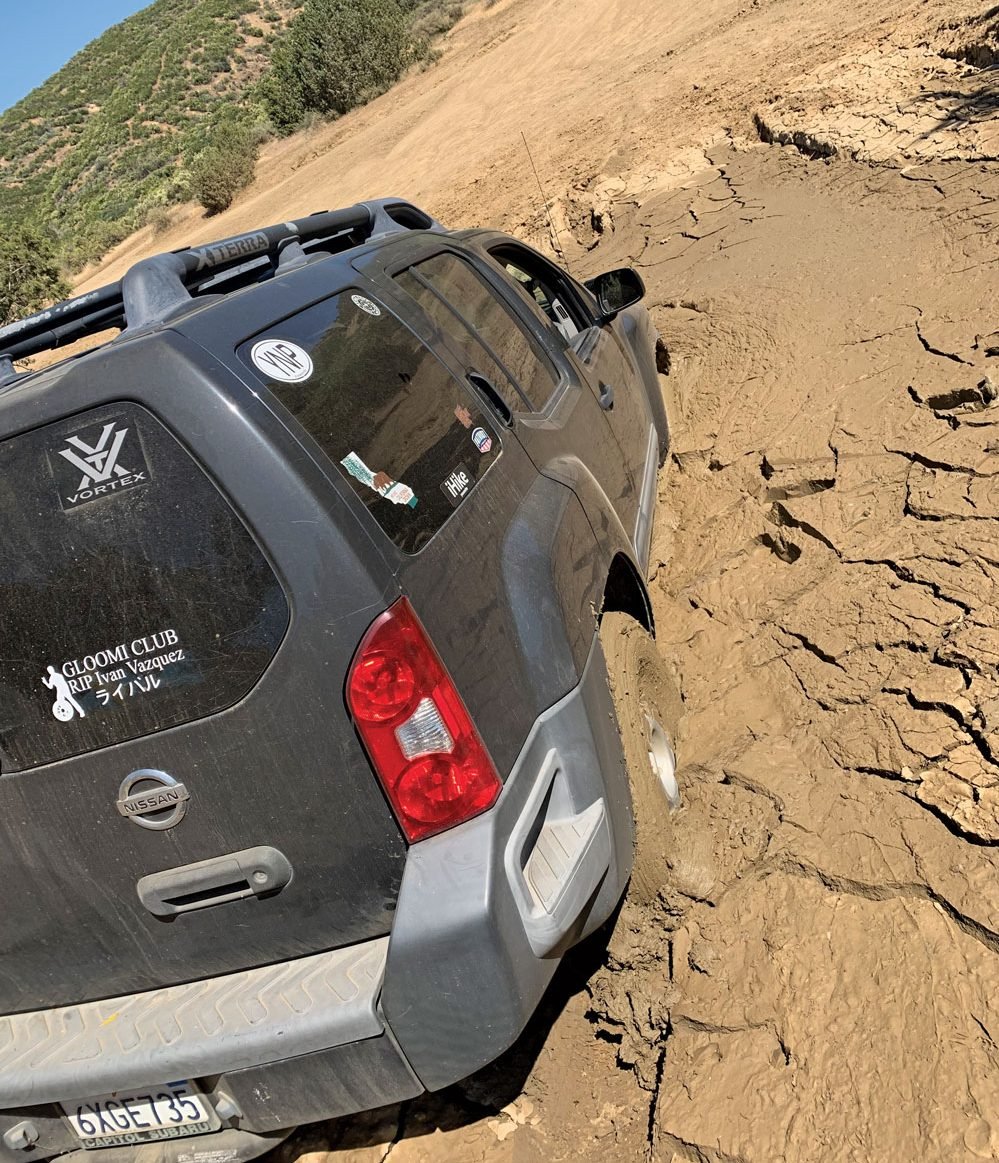
This recovery will definitely require a number of recovery tools to get it back on the trail safely.
Gear Care, Best Practices
The worst part about finishing a great weekend of wheeling is knowing that you have lots of cleaning ahead. If you’ve read this far, you’ve decided that proper use and investing in quality recovery gear is crucial. Everything has a shelf life—even Twinkies—so it’s important to keep your gear stored in the right conditions. Wood says that “recovery gear should be stored in a cool, dark, moisture-free environment away from UV light and extreme temperatures.” If needed, set up multiple buckets to clean your straps, just like how a bartender cleans pint glasses, moving from a series of dirty soap baths to clean water. Wood also tells us that using pressurized water is a no-no. If your gear is loaded up with mud and dirt, using pressurized water is only going to force that dirt further into your rope or strap. This ends up acting like sandpaper deep within your gear, compromising its integrity as it breaks down the fibers. Always check first with the manufacturer but in general, if cleaning agents are required, Simple Green or common dish soap work well. Rinse well with clean water and make sure all gear is completely dry before storing it.
“We recommend looking at the product’s label and asking as many questions as possible of the manufacturer.”
Make sure to inspect your gear and admit when it’s time to throw things away. A slight rip in your rope, strap, or synthetic winch line can (and will) compromise the strength significantly. A cracked bicycle helmet is compromised and you wouldn’t think twice about replacing it, so follow the same thought process with your recovery gear.

Remember to take note of terminology and labels, use the correct gear for each situation, and get proper training on how to use your gear. Be safe and happy wheeling.
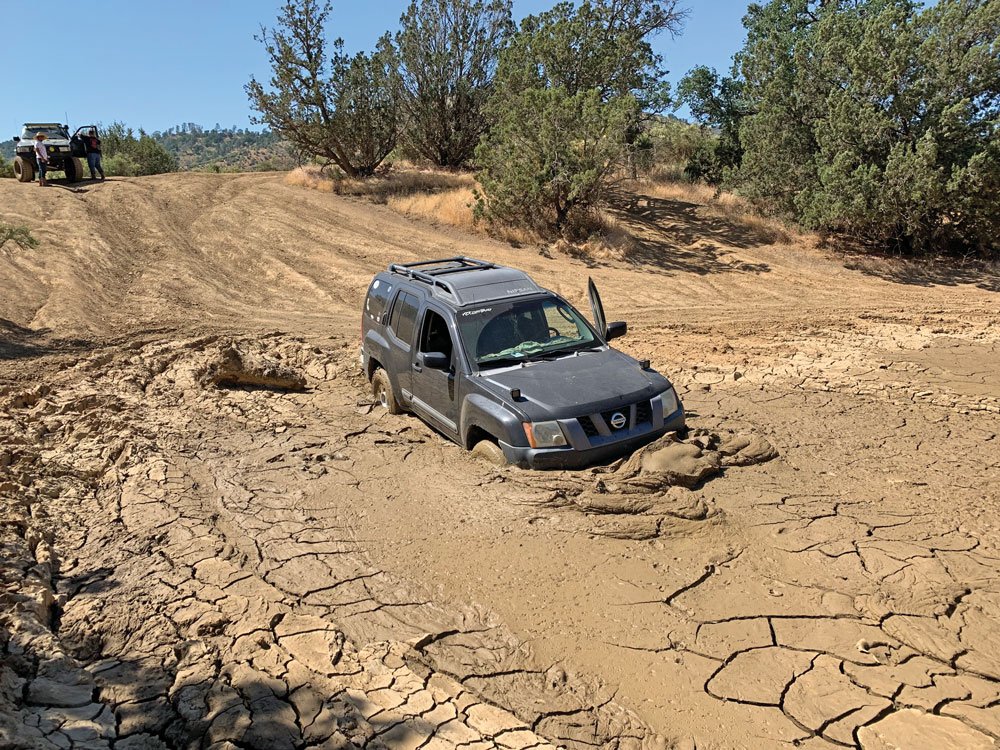
Make sure you always carry survival essentials and be prepared to be stuck on the trail longer than planned.
Editor’s Note: A version of this article first appeared in the May/June 2020 print issue of Tread Magazine.

